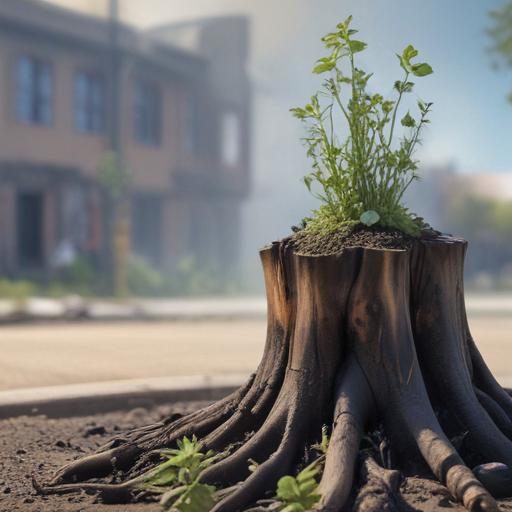Heavyn Harmon, a senior at John Muir High School in Pasadena, California, recently experienced the devastating impact of the Eaton Fire that destroyed her family home in Altadena. On January 7, when the fires ignited in the San Gabriel mountains, students initially remained oblivious to the grave circumstances unfolding. Harmon recalls the day as windy and disruptive but did not foresee the disaster’s eventual toll.
For many in California, wildfires have been a common occurrence, partly fueled by climate change that has rendered the environment more susceptible to such tragedies. The Eaton and Palisades fires collectively resulted in the destruction of over 11,500 homes, marking one of the most devastating disasters in U.S. history. Students like Ryan Carpenter from Palisades Charter School have had to reckon with the increasing frequency of these destructive events and their personal impacts, sharing his experience of hosting evacuees during the fires.
As seniors at schools like Muir and Pali High faced disrupted final years, the emotional toll was profound. The fires not only obliterated iconic campus features but also the everyday experiences that made school a cherished place. The loss was heavily felt as students found themselves missing familiar routines and connections with friends.
Both schools were forced to adapt as a significant portion of their facilities were demolished. Muir students returned to a different reality after three weeks of canceled classes, while Pali High relocated to a Sears store. Despite these challenges, the students expressed relief at being back together, highlighting their resilience in the face of adversity.
In the wake of these fires, upheaval spread beyond the immediate vicinity, with many families dislocated across various states. With empty seats marking missing classmates, the atmosphere in classrooms was notably somber. Reflecting on the aftermath, senior Anneliese Airitam conveyed the disarray felt by peers as they navigated loss and change together.
Despite the harrowing circumstances, moments of joy and connection were fostered, such as a prom funded by community support, including actor Steve Carell, which aimed to help students regain a sense of normalcy. Harmon described how the fires deepened her appreciation for shared experiences, leading to a renewed bond among classmates as they confronted their pain together.
Looking ahead, many students who once planned to pursue college elsewhere are now contemplating those transitions amid uncertainty about their hometowns. Harmon, who plans to move to Texas for college, expressed both excitement and sadness as she realizes her community’s foundational influence will accompany her, despite the physical absence of her home.
This situation underscores a broader challenge faced by families affected by wildfires— the struggle for recovery amid housing shortages and community displacement. As they attempt to rebuild their lives, the emotional and practical uncertainties loom large, making the future unpredictable. However, Harmon and her peers exemplify resilience and hope, aiming to cultivate new communities while cherishing the lessons learned from their shared experiences.
These stories reveal a portrait of youthful resilience and the strength drawn from navigating change together, emphasizing that even in the face of devastation, connection and hope for a brighter future remain paramount.
